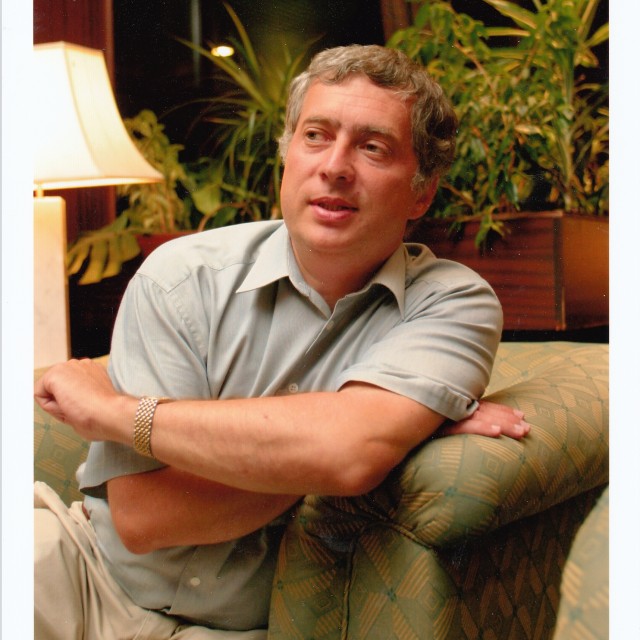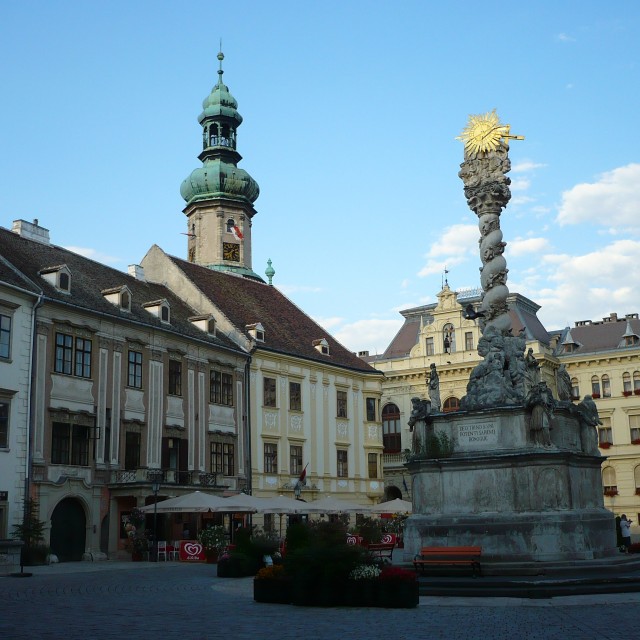Bontsd a vasfüggönyt!
A páneurópai piknik békedemonstráció volt, amelyet az osztrák–magyar határon, Sopron közelében 1989. augusztus 19-én tartottak. Fontos előzménye az Európát kettéosztó vasfüggöny átvágásának, Németország egyesülésének és az Európai Unió keleti kibővülésének. A piknik alkalmával megnyitották a határt, ezt az alkalmat több száz NDK-beli lakos az Ausztriába menekülésre használta fel. A páneurópai piknik szervezői ezerötszáz emberre számítottak. Pontos számot nyilván senki sem tud mondani, ám a rendőrségi becslés szerint huszonötezren voltak a rendezvényen. „Fél Sopron ott volt! Meg rengeteg osztrák! Ausztriából minimum ötezer ember jött! Eszünkbe sem jutott, hogy ennek ekkora sikere lesz! Mindenkit vonzott a misztikusság, hiszen ez egy kaffkai világ volt, ahol az ember soha nem tudta megérinteni a vasfüggönyt, maximum a vonatból látta. Az emberek egyszerűen meg akarták nézni.” Az idő is nekik kedvezett – mondta Nagy László, az egyik szervező. „Szombat volt, szép idő volt, „menjünk ki!” Az embereket nem lehetett visszatartani! Volt, aki úgy, ahogyan a katonák, tekerte föl a szögesdrótot! Fél Sopron kertje vasfüggönnyel van körbekerítve. A kocsik tetejére tették föl a rolnikat. Jó pár kilométert lebontottak. Volt, aki csak vágott egy darabot. Nekem is el kellett volna hozni egy tekercset! A nép vitte!”
Hodnocení
Hodnotilo 0 lidí
Routes
Not a part of any route.
Comments
No comments yet.







